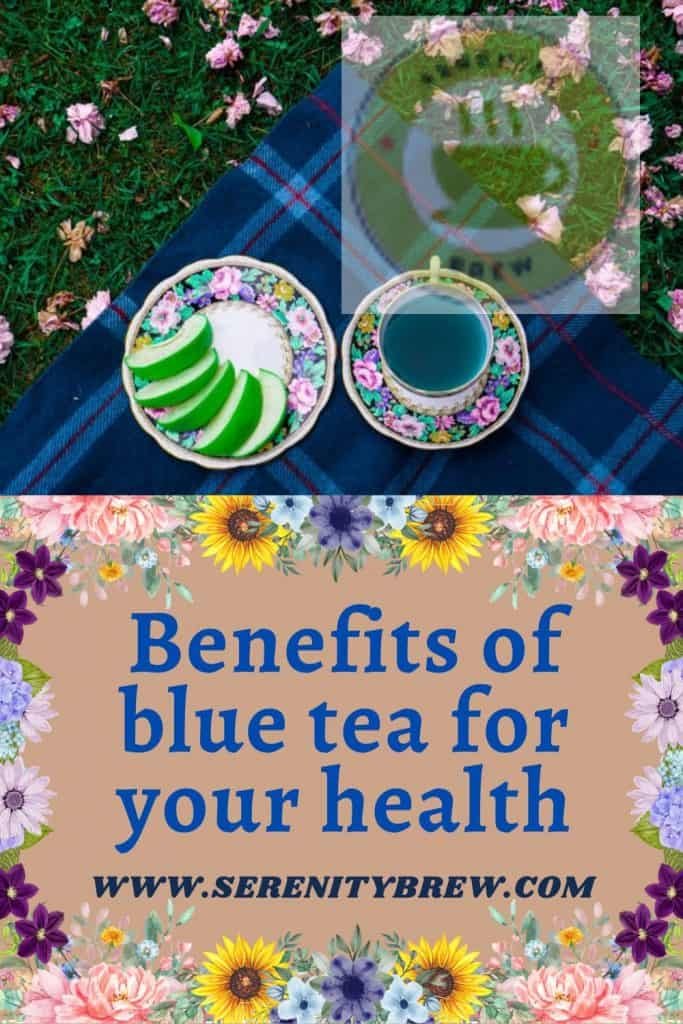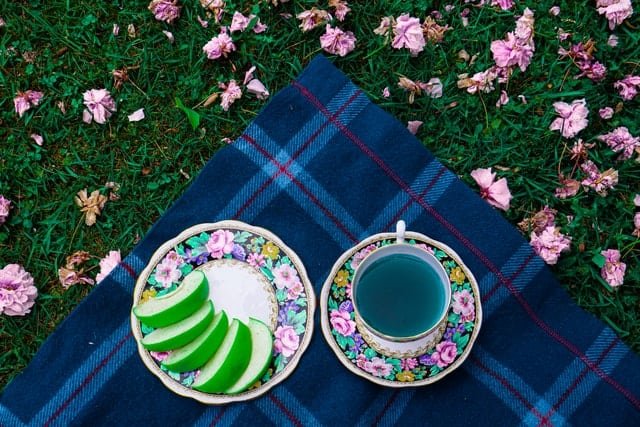
Oolong tea, also known as blue tea, is very popular in China. Its name means black dragon in Chinese, the country where it is mostly grown, along with Taiwan.
With varying degrees of oxidation, blue tea is sometimes close to the flavors of black teas and sometimes close to green teas. One oolong can be wildly different from another.
The flavors of blue tea can be sweet, with floral or fruity aromas, or intense, with toasted or woody aromas.
Oolong is famous for its flavor, but also for its health benefits. Next we will tell you everything about it.
Why blue tea?
A curiosity? Although it is known as blue tea, its color in the cup ranges from yellowish to green. So why is it called that?
In Chinese, semi-oxidized tea, the category in which oolong is positioned, is said to be qing cha, cha being the word that we would translate as tea and qing, as the color of nature (that is, it could be inferred green like plants or blue like heaven). How do you read?
To avoid confusion with the well-known green tea, it was decided to call it blue tea. A simple way to differentiate two kinds of tea.
Stimulating and relaxing properties
As you well know, tea also contains caffeine, to a lesser extent than coffee, but it does.
Its content varies in relation to the type of tea and its oxidation process, it is difficult to generalize the caffeine content based on the classification of a tea. In the particular case of blue tea, which also includes teas made with a very different degree of oxidation, it is even more difficult.
Beyond this, what is clear is that caffeine has a stimulating effect, helping us stay alert.
While caffeine is an exciting component, the l-theanine contained in blue tea is an amino acid with relaxing effects that, combined with caffeine, achieves a more leisurely and balanced stimulation than that of coffee. So if you are sensitive to caffeine but want a drink that will help you energize yourself, try blue tea properties for this.
Antioxidant effects
Oolong tea, like other varieties of tea, has an interesting proportion of antioxidants, molecules that act against free radicals, helping to prevent chronic diseases and premature aging.
Antioxidants are present in foods such as broccoli or tomato, cinnamon or dark chocolate, among others.
The antioxidant effect of tea is associated with its high content of flavonoids, substances that would protect tissues from oxidative damage.
Slow down cellular aging
Related to the previous point. Due to its flavonoid content, it is believed that the properties of blue tea would include slowing down cell aging thanks to the action of these substances.
Sugar reduction
Did you know that drinking an infusion could help you control sugar spikes?
One study suggests that drinking six cups of blue tea daily for 30 days may help those with type 2 diabetes mellitus control their blood sugar levels.
On the other hand, the inhibitory effect of tea on PTP1B tyrosine phosphatase was analyzed. This property is thought to be responsible for lowering blood sugar. However, more studies would be necessary to obtain conclusive data in this regard.
It has slimming properties
The properties of blue tea have been used for hundreds of years as a natural slimming agent. In fact, it is common for it to be recommended in natural Chinese medicine to contribute to weight loss diets.
Specialists have recently compared a group of Japanese women who regularly drank blue tea with another group who drank water. The results supported the beliefs of Ayurvedic medicine: consumption of oolong tea helped speed up metabolism, allowing weight loss due to its high content of polyphenols.
Also in men it would act as a slimming agent, helping to increase metabolism and fat oxidation in the body.
Take care of the heart
Cardiovascular diseases are one of the leading causes of death worldwide. By helping to maintain balanced blood pressure and lower cholesterol levels, blue tea would have properties to take care of the heart, reducing the risks of heart disease.
An investigation indicated that the consumption of oolong tea, green tea and coffee would be associated with a lower risk of mortality due to cardiovascular diseases. Of course, caffeine consumption should be moderate.
Possible anticancer effects
Currently, there is a lot of discussion in the scientific field about the use of the properties of different plants as preventive elements against cancer. The reality is that the data is not 100% conclusive, although it is encouraging.
The polyphenols present in blue tea, as well as theaflavins and thearubigins, have antioxidant activity that protects cells from DNA damage that can be caused by free radicals. This damage is usually associated with the presence of tumor cells.
Moreover, tea polyphenols have been shown to inhibit the proliferation of tumor cells in animals. More studies would be necessary to corroborate the effects in humans.
In addition, these same substances would be able to improve the immune system and protect against possible damage from the use of radiation for cancer treatment.
A good cup with all the properties of oolong tea

Oolong tea is not only delicious but also healthy. As you can see, consuming it on a regular basis can bring you all kinds of health benefits.
Have you already heated the water?
